Museum Meijimura
During the period of Meiji (1867-1912), we have begun to modernized our
country by importing the technologies and cultures from other countries. Wooden
bridges become steel bridges, telephone, stone walled buildings instead of soil
filled or wood. The most significant part of Meiji is the fall of feudalism and
we have started to build an empire just like other strong countries worldwide;
Britain, Germany, France, and also the U.S. The vision of becoming the one of
the world's largest nation resulted in a devastating World War II in about half
century later, but different from other countries in Asia, we have quite
successfully managed to avoid being annexed during this period.
There are about 60 things you can see. and takes pretty much half to whole
day.
- Main Gate, Eighth National High School
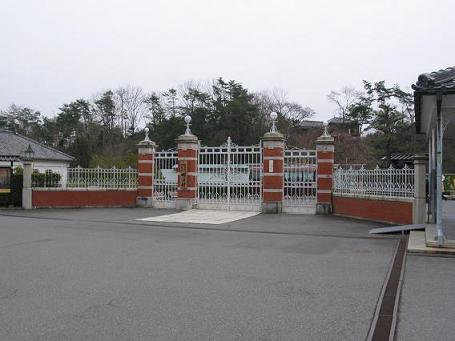
- Ohi Butcher Shop
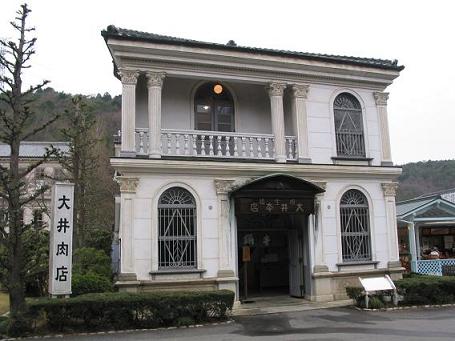
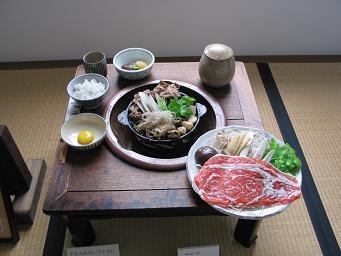
- Mie Prefectural Teachers & Elementary School
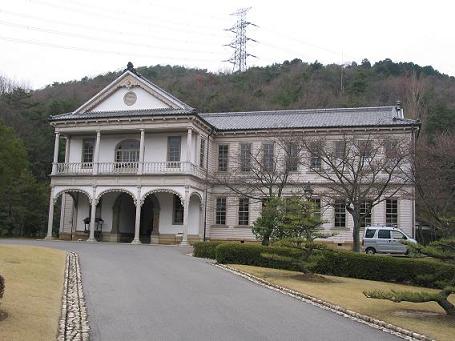
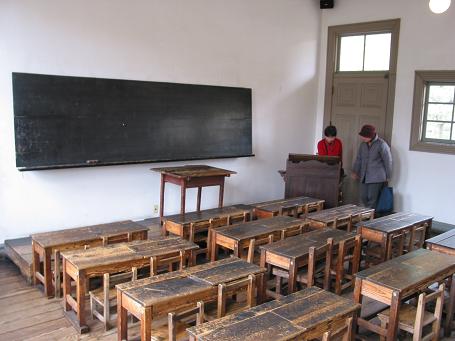
- Imperial Guard Headquaters Annex, Imperial Palace
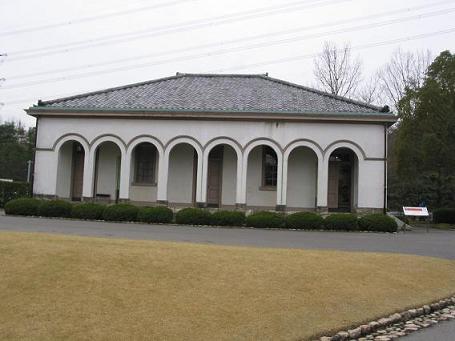
- Sentry Box of Akasaka Palace
- St. John's Church
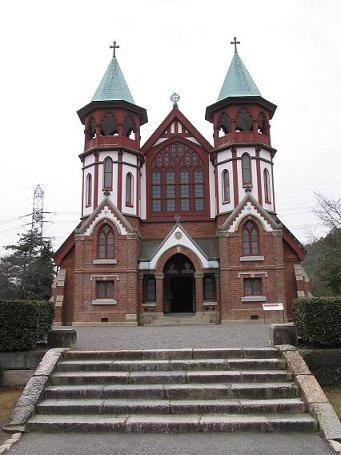
- Gakushuin Principal's Official Residence, Peers School
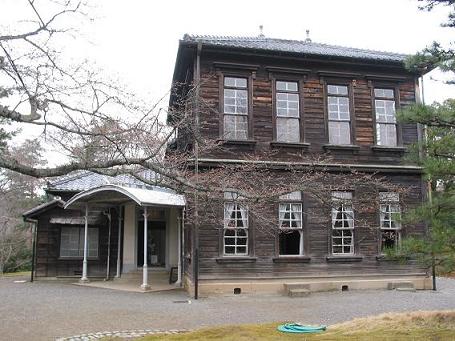
- Reception Hall of Marquis Tsugumichi Saigo's Residence
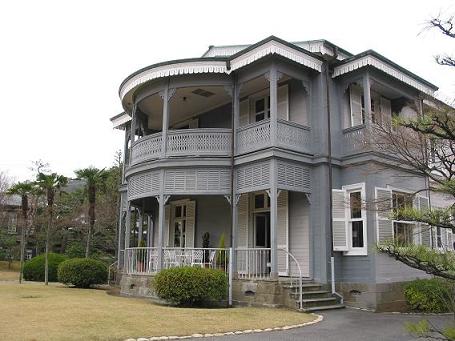
- Residence of Ogai Mori and Soseki Natsume
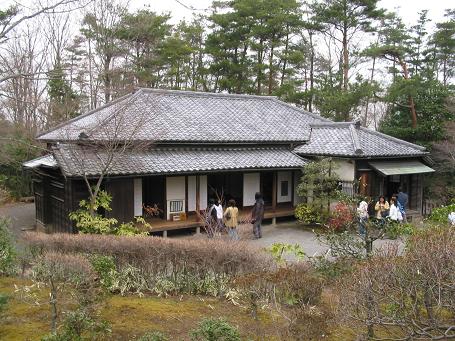
- Entrance Porch, Tokyo School for Blind (Currently not available for exhibition.)
- Nijyubashi Lamp, Imperial Palace
- Shimbashi Factory of the Japan Railway Bureau and the Imperial Coaches of
Emperor Meiji and Empress Shoken
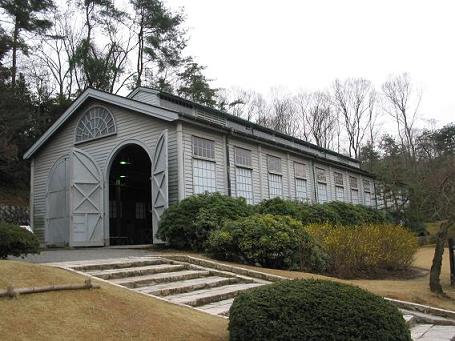
- Mie Prefectual Office
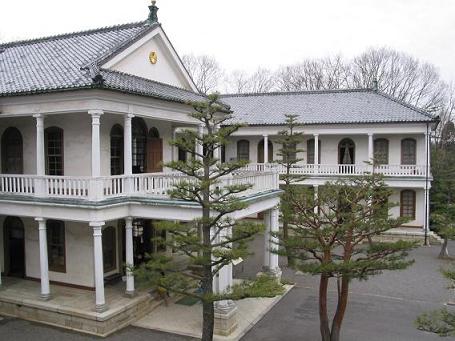
- Auditorium, Chikara-Akasaka Primary School
- Physics and Chemistry Theater, Fourth National High School
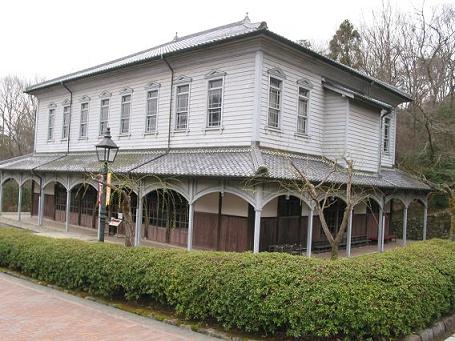
- Higashi-Yamanashi District Office
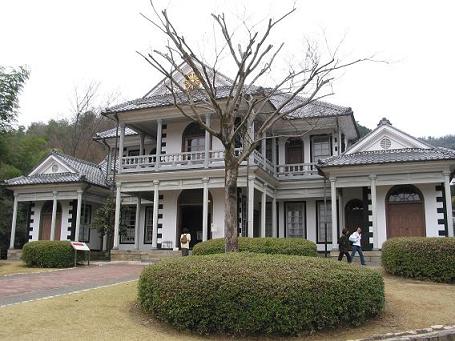
- Dr. Shimizu's Office
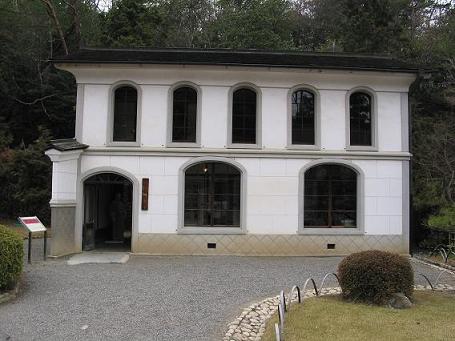
- Tomatsu house
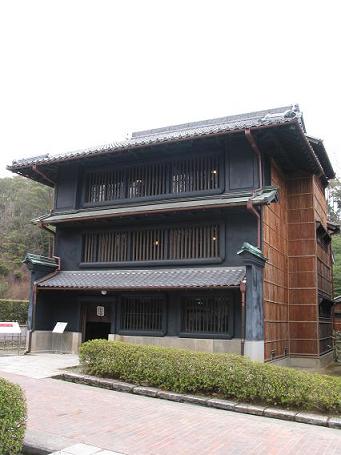
- Nakai Sake Brewery
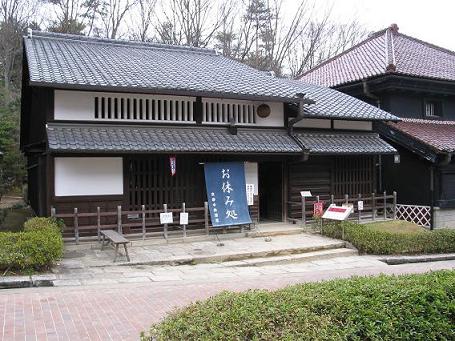
- Aizu Branch of Yasuda Bank
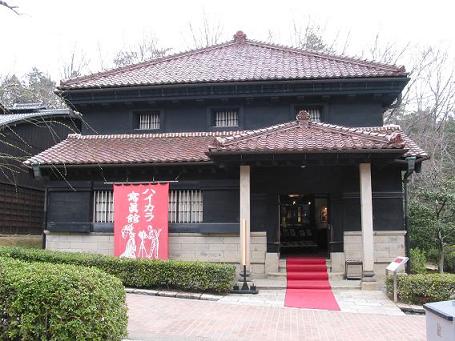
- Telephone Exchange, Sapporo
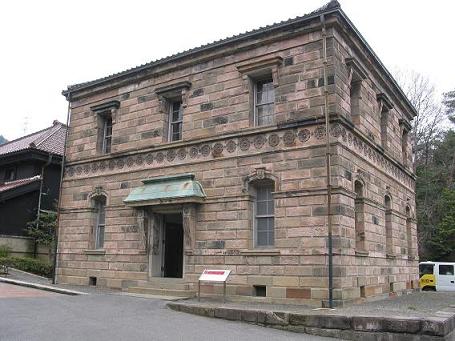
- Steam Coach
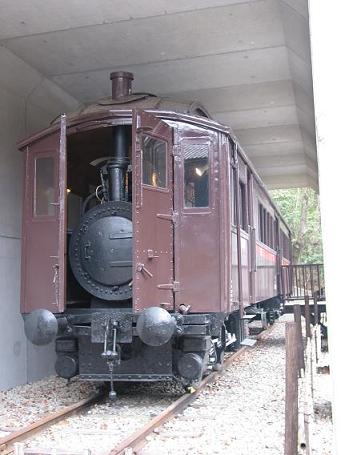
- Shichijo Police Box
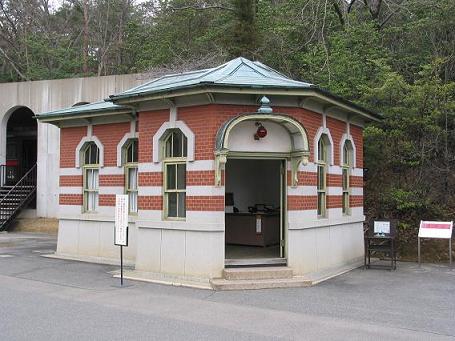
- Kyoto Street Cars
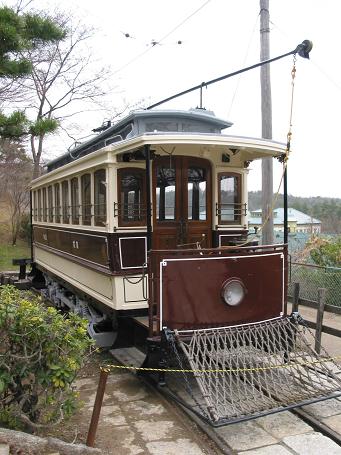
- Kitasato Institute
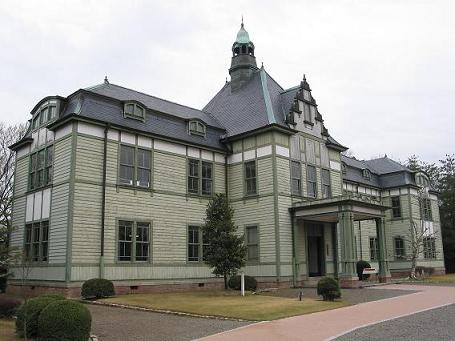
- "Kagyu-an" Rohan Koda House
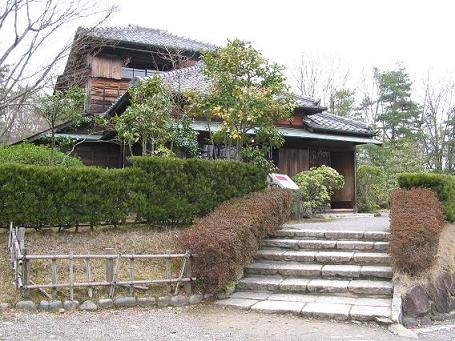
- "Zagyo-so" Villa of Prince Kimmochi Saionji
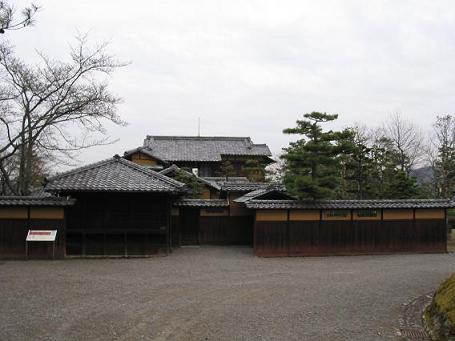
- Tea House "Ekiraku-an"
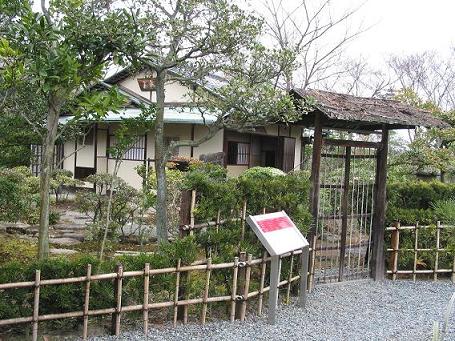
- Shinagawa Lighthouse
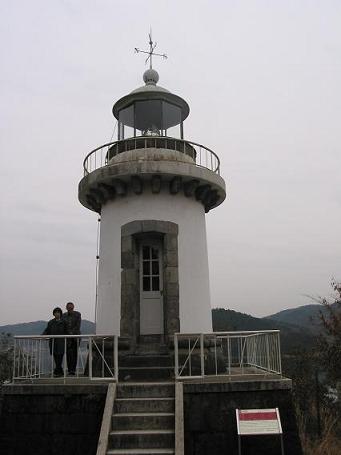
- Official Abode of Sugashima Light House
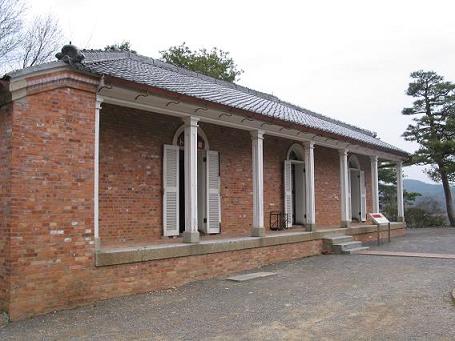
- No.25 Nagasaki Foreign Settlement
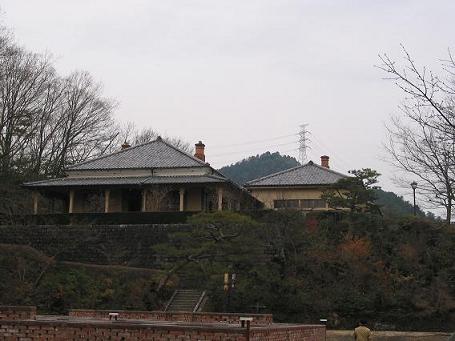
- A Westerner's House, Kobe Foreign Settlement
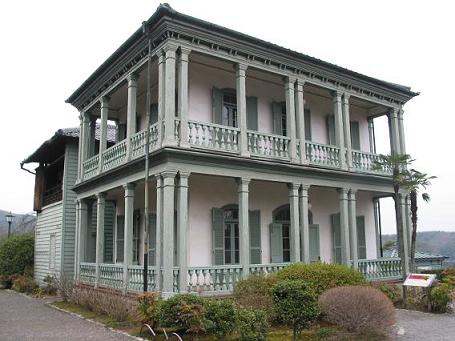
- Entrance Porch, Religious College
- "Musei-do" Gymnasium for Martial Arts, Fourth National High School
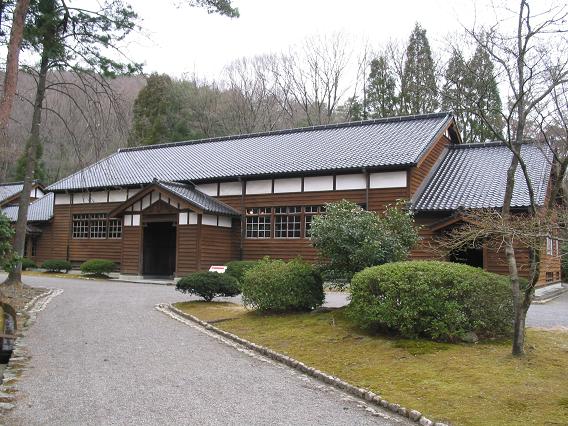
- Ward, Japan Red Cross Society Central Hospital
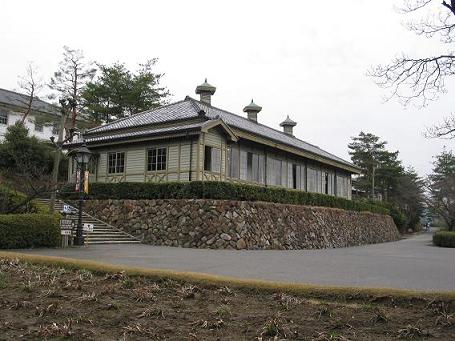
- Barrack, Sixth Infantry Regiment
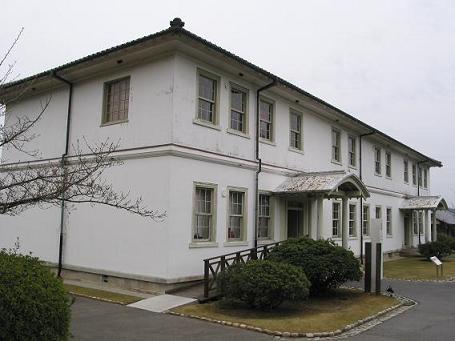
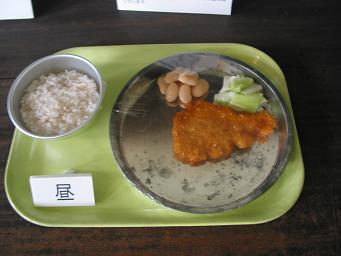 Lunch
Lunch
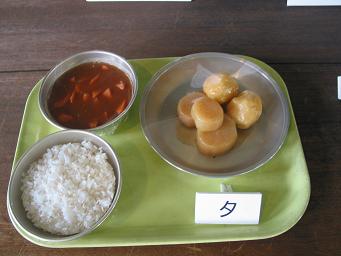 Dinner
Dinner
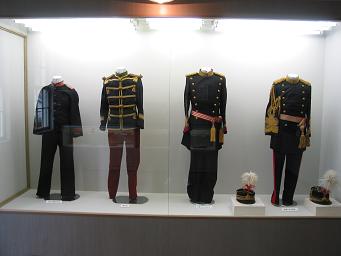 uniform
uniform
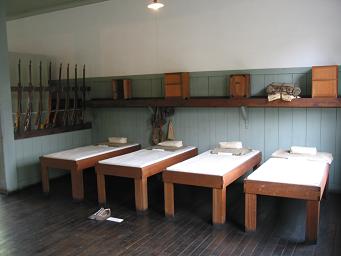 barrack
barrack
- Ward and Administration Office, Nagoya Garrison Hospital
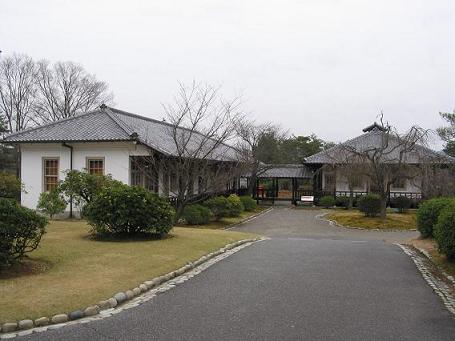
- Japanese Evangelical Church
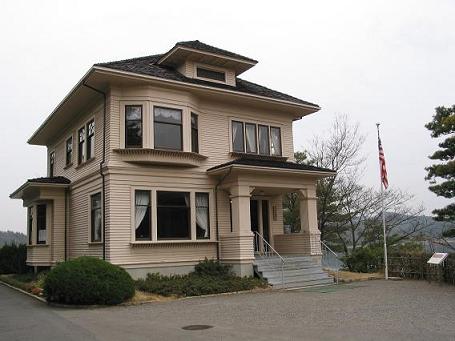
- Japanese Immigrant's House, Registro, Brazil
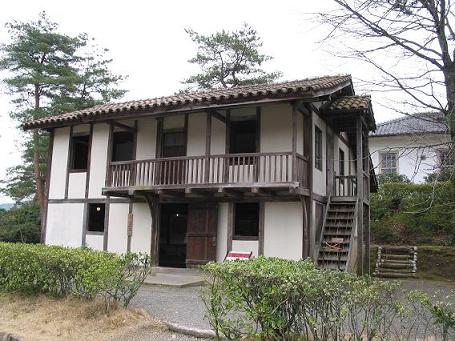
- Japanese Immigrant's Assembly Hall, Hilo Hawaii
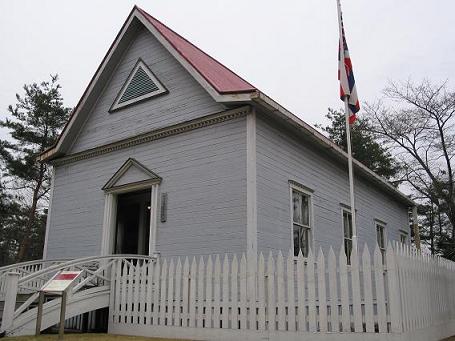
- Rokugogawa Iron Bridge
- Steam Locomotive No.1 of the Bisai Railways
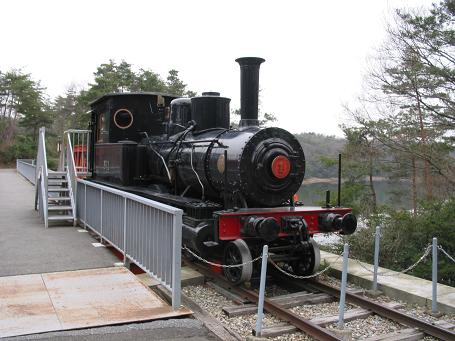
- Shinbashi Factory of the Japanese National Railways (The Machinery Hall)
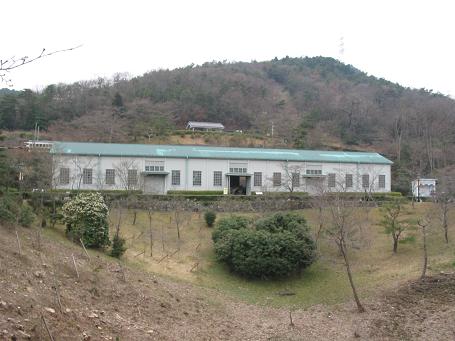
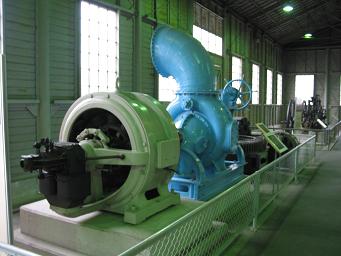 Waterpump
Waterpump
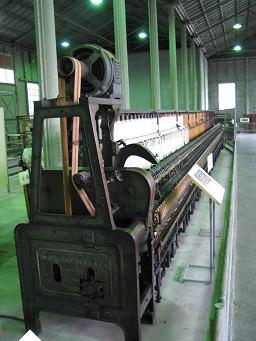 Ring Type Textyle Machine
Ring Type Textyle Machine
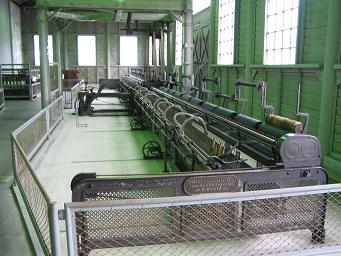 Mule Type Textile Machine
Mule Type Textile Machine
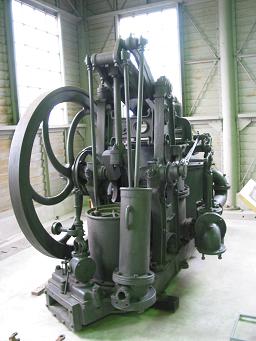 Steam Powerd motor
Steam Powerd motor
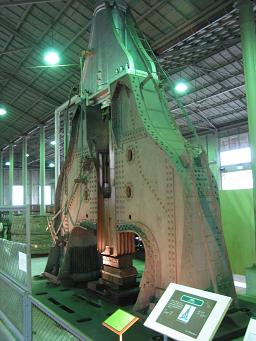 Steam hammer
Steam hammer
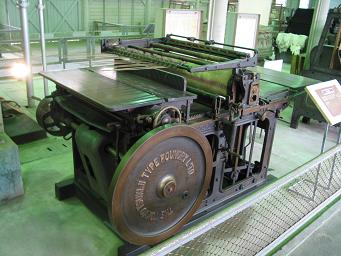 printing machine
printing machine
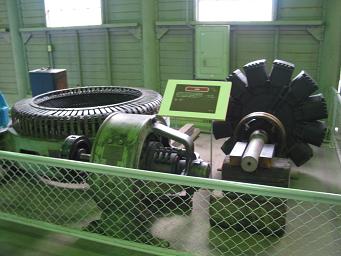 electric generator (westing house)
electric generator (westing house)
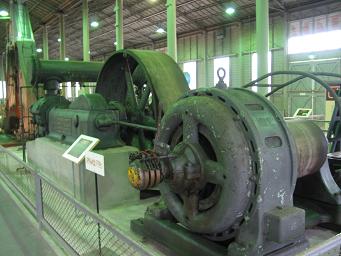 air compressor
air compressor
- Steam Locomotive No.12, No.9 and Third Class Passenger Coaches
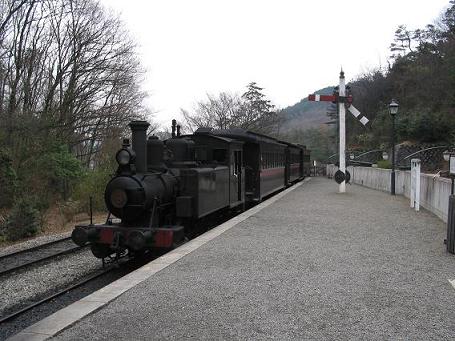
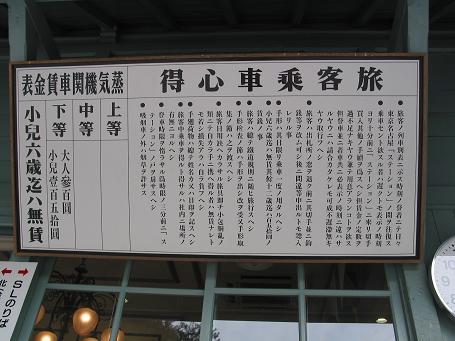

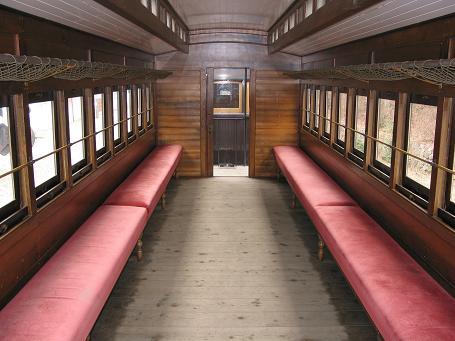
- Shinagawa Glass Factory
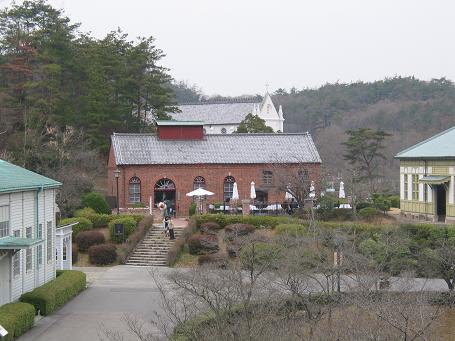
- Uji-Yamada Post Office
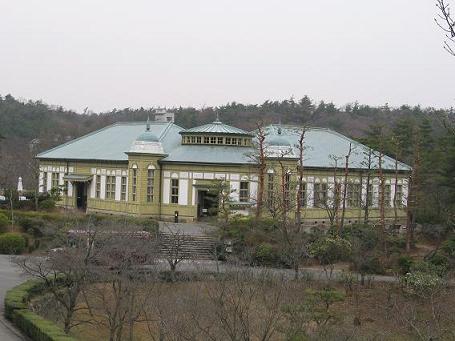
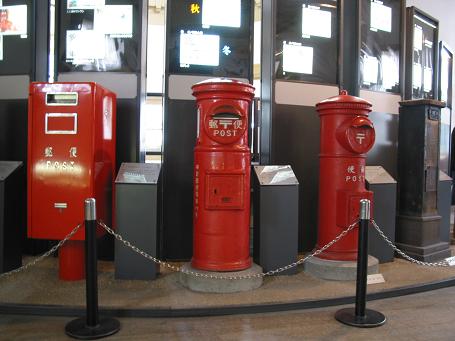 Old looking drop box When I was very small, I used to see the one at the center. I
have never seen the wooden one on the right though...
Old looking drop box When I was very small, I used to see the one at the center. I
have never seen the wooden one on the right though...
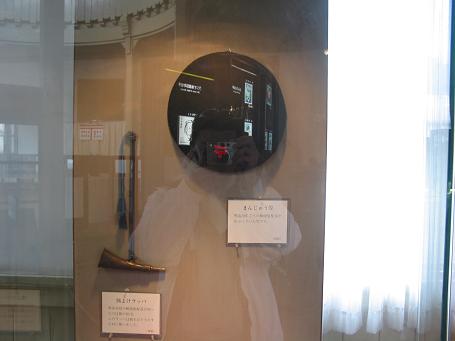 A cap for the postman and whistle to scare bears...
A cap for the postman and whistle to scare bears...
- Barber Shop "Kinokoto"
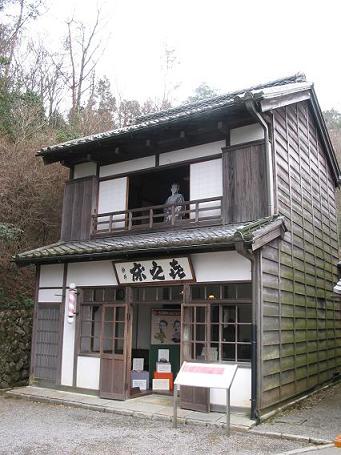
- Summering House of Lafcadio Hearn
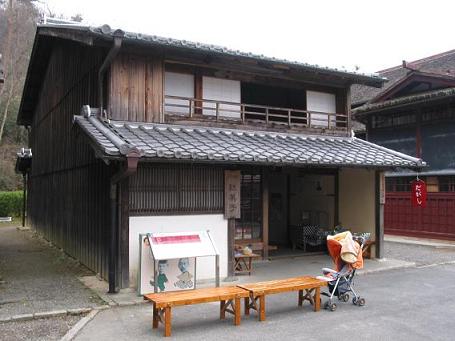
- Kureha-za Theater
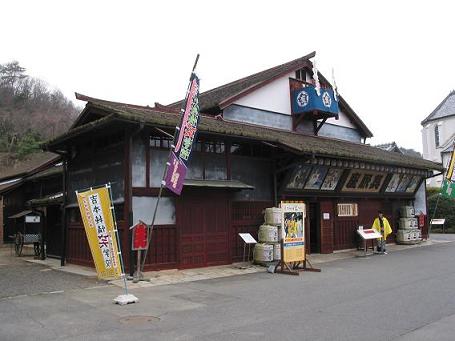
- Bathhouse "Azuma-yu"
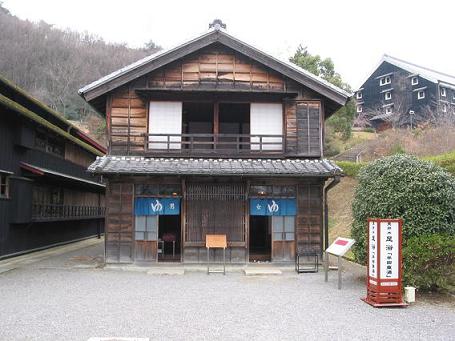
- St. Francis Xavier's Cathedral
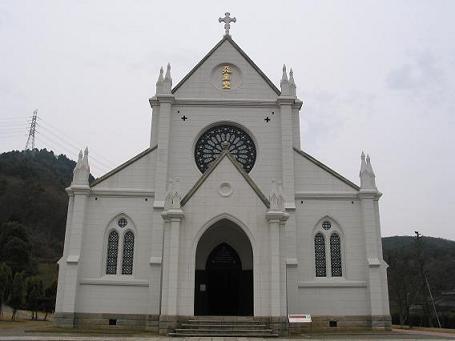
- Main Gate, Kanazawa Prison
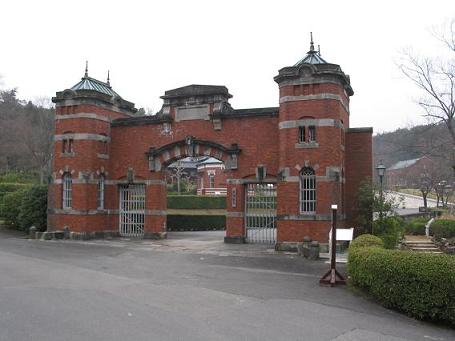
- Konasami-jima Lighthouse

- Tendo Arch Bridge
- Shin-Ohashi Bridge
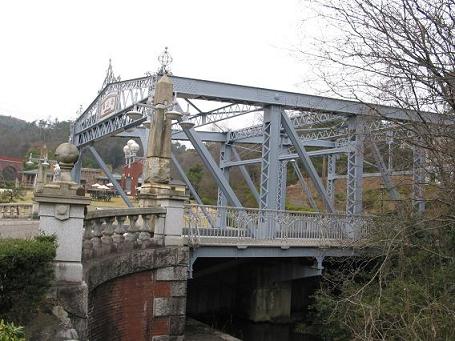
- St. Paul Daimyoji Church
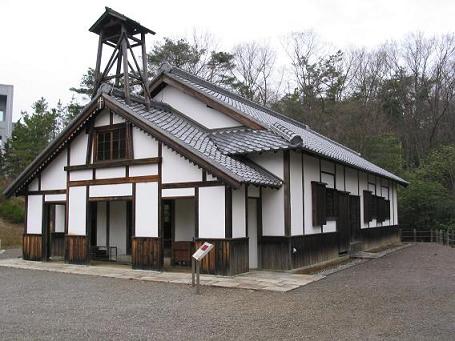
- Head Office of Kawasaki Bank
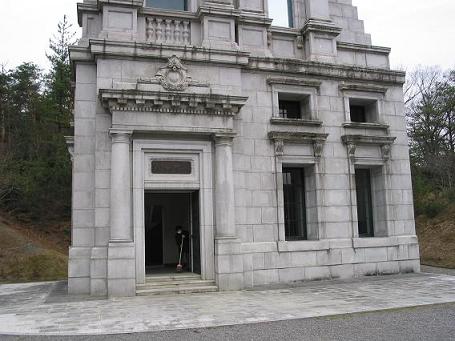
- Stone Bridge Lamp, Imperial Palace
- Cabinet Library
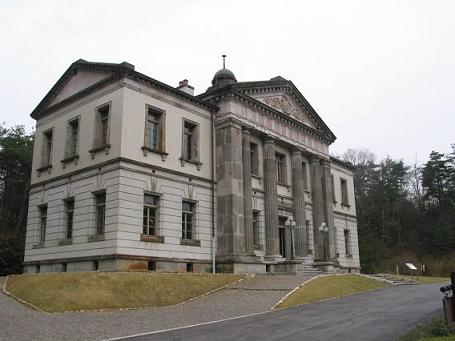
- Tokyo Central Station Police Box
- Associated Ward, Maebashi Prison
- Central Station and Ward, Kanazawa Prison
- Miyazu District Court
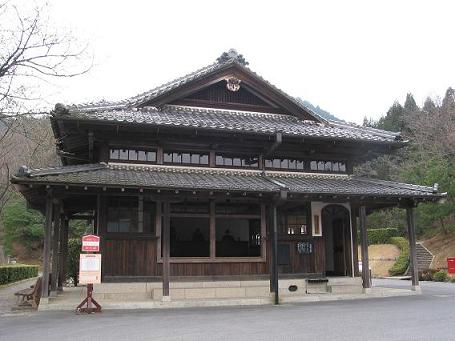
- "Kikunoyo" Brewery
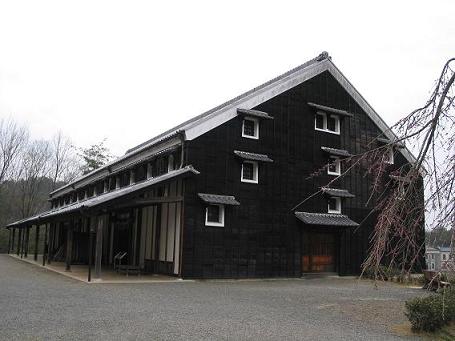
- Oguma Photo Studio
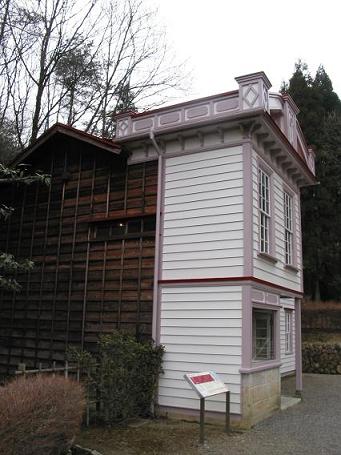
- Iwakura Substation of Nagoya Railroad Co.
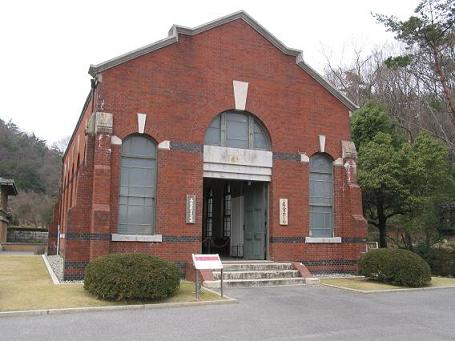
- Main Entrance Hall and Lobby, Imperial Palace
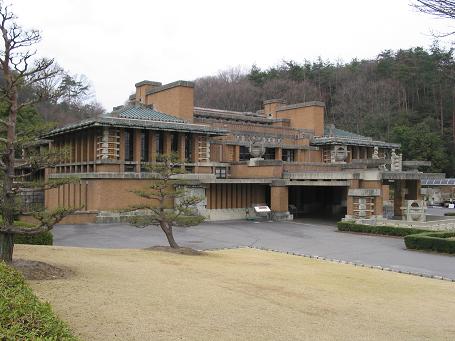
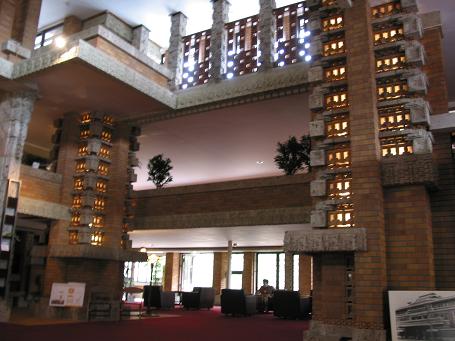
Last Updated on 2004/04/03
Go back to Top
Go back to Journal